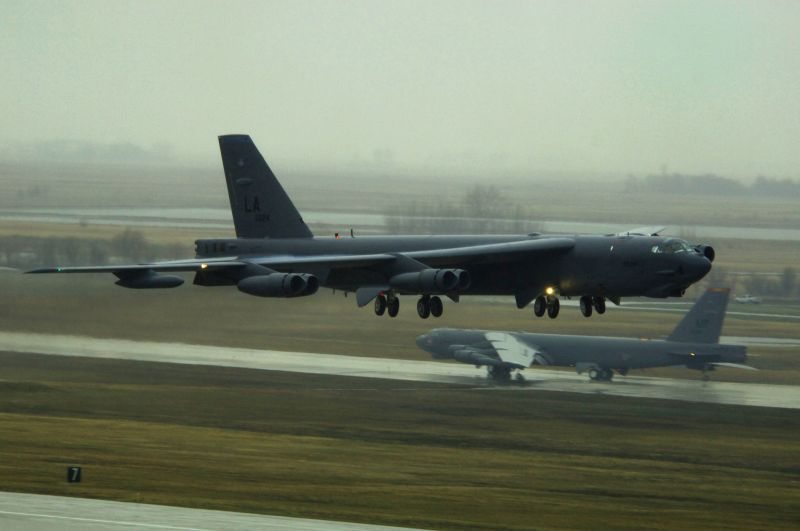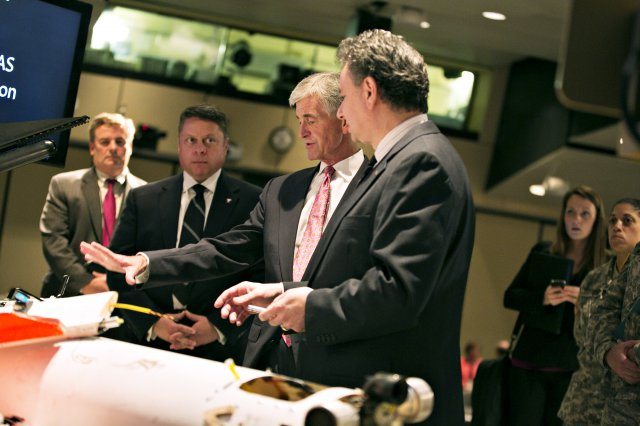The United States plans to spend $1 trillion on upgrading and maintaining its nuclear arsenal over the next 30 years, but delays in replacing current systems threaten to weaken US nuclear deterrence, according to a new independent study.
“The new procurement schedule still entails significant programmatic risks and will likely result in even higher costs, lower capability, and slower deployments,” according to a study released Tuesday by the California-based James Martin Center for Nonproliferation Studies.
Prior to last year’s wave of across-the-board budget cuts known as the “sequestration,” the US administration had planned to replace its strategic systems more rapidly, the authors of the study wrote.
“This situation undermines the credibility of the US nuclear deterrent, and could, in a worst-case scenario, result in the loss of one or both of the Air Force legs of the triad,” according to the study. “US policy makers are only now beginning to appreciate the full scope of these procurement costs.”
The United States is currently on pace to spend 3 percent of its defense budget to replace nuclear platforms and warheads during a four- to six-year window after 2020, comparable to spending levels under US President Ronald Reagan during the 1980s arms race with the Soviet Union, the authors wrote.
Washington “will have to carefully manage its investments given the constrained budget environment,” they said. “The fiscal and strategic reality today is much different from that of the 1980s, and it is an open question whether this level of investment can be sustained along with other national priorities.”
The US Congressional Budget Office said last month that the US administration’s plans for its nuclear weapons complex will cost the nation around $355 billion over the next 10 years, a figure that largely corresponds to the estimate given in the study released this week.
The study, titled “Trillion Dollar Nuclear Triad: US Strategic Modernization over the Next 30 Years,” was co-authored by Jon Wolfsthal, a former director for nonproliferation with the White House National Security Council.
US President Barack Obama and former Russian President Dmitry Medvedev signed the New START nuclear disarmament treaty in 2010. Under the pact, Russia and the United States are each required to reduce their deployed nuclear warhead stockpiles to a ceiling of 1,550 by 2018.
Obama has endorsed the total elimination of nuclear weapons, but his administration has said significant funding earmarked for modernization is necessary “to maintain a safe, secure and effective nuclear deterrent.”











